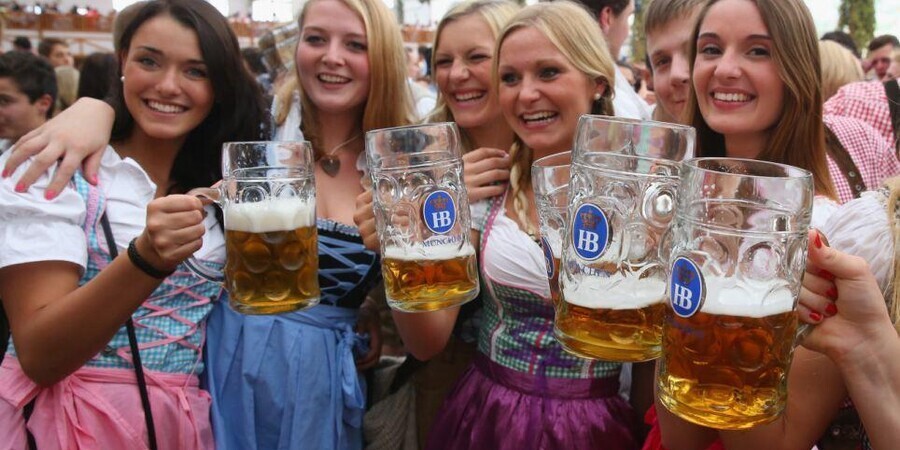PhillyBite.com (Oct. 7, 2015) - So Its October Fest and you have no clue about the German beer your drinking, so here are just a few things to make you should know to impress your friends and family this month. One of the various things the German people are known for is beer. Beer is an essential piece of their tradition and heritage, with over thirteen-hundred varied breweries spanning the country. As far as per capita beer consumption, the Germans are only behind the Czechs and the Irish.
The history of Germanic brew spans back to the beginnings of the nation when monks started to experiment with brewing around 1000 A.D. The country's leaders eventually started to legislate the manufacturing of beer as brewing started to be more and more profitable. The most well-known and significant component to effect Germanic brewing came in 1516 with the Bavarian Reinheitsgebot, or the purity standard.
To make sure that Bavarian beers were only the highest quality the Duke Wilhelm IV authorized the Bavarian Reinheitsgebot. Hops, barley, and water are the only ingredients that should go in in beer according to the law. The Reinheitsgebot is the oldest regulation placed on food in the world and has remain unchanged in nearly five-hundred years. Yeast is the only inclusion to the list of crucial ingredients in the act. Yeast found naturally in the air was what manufacturers before used. Bavarian breweries were soon considered the superior makers of beer because of the strict standard of quality following by the purity requirement. As the prominence of the Bavarian breweries spread around the nation other manufacturers started to follow the proclamation as well.
German beers have a long-standing reputation of making quality brews made only from the purest ingredients as a result of the Reinheitsgebot. As time passed and Germany began to ship out beer, some cities became famed brewing locations. By fifteen-hundred, Scandinavia, Holland, England, and as far as India principally recieved their beer from one of the more than 600 breweries in the city of Bremen. Two more famed brewing cities were Einbeck and Braunschweig. In modern-day Germany, the majority of the country's drinking people still choose fabbier, or draught beer, over bottled beer because of it's robust flavor and perfect amount of foam. In an effort to curtail more outbreaks of the bubonic plague German beer steins became popular about the time the purity standard came about and are still used today.
During the time of the bubonic plague, Germany originated a lot of laws to prevent its citizens from getting ill. Massive amounts of infected flies would land in people's food and spread the infection. This led to the German beer stein, a beverage container with a hinged lid that could be used with the thumb so a person could stop infection and still be able to drink with one hand. Beer drinking rose exponentially as citizens started to realize the disease spread in unsanitary conditions with brackish pools of water. Originally made of stoneware with pewter lids, steins grew in popularity. Steins began to be manufactured entirely of pewter for nearly 300 years as the pewter guild grew. Eventually, porcelain and silver German beer steins were introduced and are still produced today.
Nowadays there are over 1350 breweries within Germany's lands that produce over five-thousand brands of beer. The Benedictine abbey Weihenstephan, which has been producing beer since one-thousand and forty, is reported as the oldest brewery in the world. The most concentrated area in Germany for beer makers is the Franconia region of Bavaria by the city Bamberg. German breweries produce a wide variety of tastes and brands of beer with the majority of them able to be placed under ales or lagers. Some brands of beer may have an alcoholic content as high as 12%, making them more potent than a lot of wines even though most beers have an alcoholic content ranging from 4.7% to 5.4%.
Also See..
- October - Oktoberfest and Beer Events Around Philly
- Philly Bar Guide to Beer Types and Terms
- Philly Bar Scene - Low Carb Beer For Dieters
- The Basic's of Beer Ingredients
- Philly Beer Culture Guilde
- Philly All About Beer


